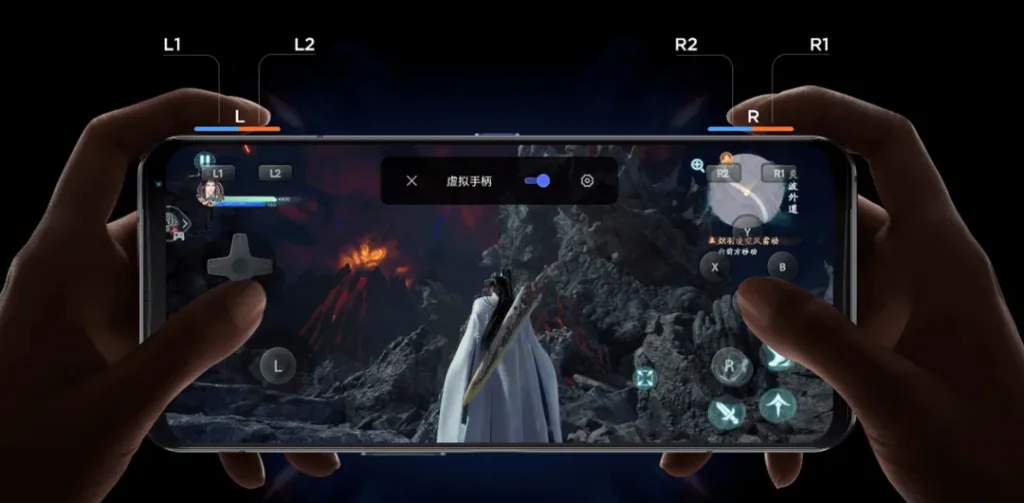As mobile gaming continues to dominate the global market, Android game development in 2024 is seeing rapid advancements in both performance optimization and user engagement strategies. With billions of Android devices worldwide, developers face increasing challenges to build high-performance games that offer seamless gameplay, while also ensuring users stay engaged over time.
In this post, we’ll explore the best practices that Android game developers should follow in 2024 to create successful, scalable games that run smoothly and keep players coming back.
Performance Optimization: Key to Success in Android Game Development
Performance is a critical factor in game development, as players expect fast load times, smooth frame rates, and efficient use of battery life. To achieve this, developers need to focus on optimizing their game’s performance from the ground up.
1. Leverage Android Game SDKs and Tools
Google continues to improve the tools available to game developers, and in 2024, leveraging the latest Android Game Development Kit (AGDK) is essential for optimizing game performance. AGDK offers tools that allow for better frame pacing, memory management, and battery optimization, all of which are vital for ensuring games run smoothly across a wide range of devices.
Additionally, using tools like Android Studio’s Profiler and GPU Inspector helps developers monitor CPU and GPU performance, detect bottlenecks, and fine-tune game assets for smoother gameplay.
2. Optimize for Low-End Devices
While high-end Android devices continue to push boundaries with better processors and GPUs, many users still rely on low-end or mid-tier devices. Optimizing your game for a broad spectrum of devices is critical in 2024, where fragmentation remains a challenge in the Android ecosystem.
Asset compression (e.g., using WebP or ETC2 for textures) and adaptive graphics are key strategies. Techniques such as dynamic resolution scaling can help maintain performance on low-end devices without compromising too much on visual quality. This ensures that players with older hardware can still enjoy a good gaming experience, while high-end devices can unlock maximum potential.
3. Use Vulkan for Advanced Graphics
With Vulkan API becoming increasingly popular, it is the preferred choice for 3D graphics in Android game development. Vulkan provides more direct control over the GPU compared to OpenGL ES, resulting in better performance and lower CPU usage.
For developers creating graphically intense games in 2024, switching to Vulkan can significantly enhance frame rates and reduce latency. However, it’s important to keep a fallback option for devices that don’t support Vulkan, ensuring compatibility across the Android ecosystem.
4. Prioritize Battery and Thermal Optimization
Mobile gaming can be taxing on a device’s battery and temperature, and excessive resource usage may cause thermal throttling, leading to reduced performance and frame rates. To avoid this, developers should implement battery-saving modes or adaptive performance settings that adjust the game’s graphics, frame rates, and effects based on the device’s current performance metrics.
Utilizing Android’s Power Manager and JobScheduler APIs can help developers manage background tasks efficiently, ensuring that unnecessary operations are not running and draining the battery when they are not needed.

Boosting Engagement in Android Games: Strategies That Work in 2024
Optimizing performance is only half the battle—keeping players engaged over time is just as important. The mobile gaming space is incredibly competitive, and developers must employ smart engagement strategies to retain users and increase in-app spending.
1. Focus on User Experience and Interface Design
In 2024, User Experience (UX) and User Interface (UI) design remain top priorities in game development. A well-designed, intuitive interface can greatly improve player satisfaction, leading to higher retention rates. Avoid cluttered interfaces and ensure smooth transitions between menus and game elements. Focus on touch-optimized controls, and make sure that menus, buttons, and other UI elements are responsive and easy to navigate.
Additionally, onboarding new players is a critical part of UX. A simple and engaging tutorial that introduces the core mechanics of your game without overwhelming new users can significantly boost retention. Balance complexity and clarity so that players feel competent and rewarded as they learn the game.
2. Implement Gamification Techniques
Gamification has become a dominant force in mobile gaming and plays a crucial role in keeping players engaged. In 2024, features such as leaderboards, achievement systems, and daily rewards are still essential to drive engagement and enhance the gaming experience.
Offering social features like multiplayer modes, in-game chat, and cooperative gameplay options helps foster a sense of community, increasing the likelihood that users will return to the game to connect with friends and compete.
3. Utilize Analytics to Drive Retention
Data-driven decisions are essential for game developers in 2024. Leveraging analytics tools, such as Firebase Analytics or GameAnalytics, helps you understand player behavior, identify bottlenecks, and make informed decisions on how to improve gameplay.
By tracking user engagement metrics, such as playtime, session lengths, and churn rates, developers can better understand what features or levels may cause frustration and lead to player drop-off. This data can be used to tweak difficulty levels, adjust monetization strategies, or improve overall game flow.
4. Monetization Without Compromising Experience
Monetization continues to be a vital aspect of mobile game development. However, balancing in-app purchases and ads with the player’s overall experience is critical. In 2024, the best-performing games focus on non-intrusive monetization, such as offering cosmetic upgrades, season passes, or loot boxes that enhance the game but don’t give paying players an unfair advantage.
Additionally, implementing rewarded video ads is a popular and effective way to monetize while also providing a benefit to the player, such as offering extra lives or in-game currency. Ensuring these ads appear at the right moments, without disrupting gameplay, is key to maintaining engagement while generating revenue.
Technologies to Watch in 2024 for Android Game Developers
1. Augmented Reality (AR) with ARCore
In 2024, AR is becoming more prevalent in mobile games, and ARCore continues to be Google’s flagship platform for integrating AR experiences in Android apps. Games that utilize AR can offer unique, immersive experiences, such as location-based challenges, interactive characters, and mixed-reality gameplay.
2. Machine Learning for Smarter Gameplay
Machine learning is making its way into Android game development. From adaptive AI that responds to player behavior to procedural content generation, Google’s ML Kit is enabling game developers to build smarter, more dynamic games. Incorporating machine learning techniques in Android games can personalize experiences, predict user preferences, and improve game mechanics.
Conclusion: Android Game Development in 2024
As the Android gaming industry continues to grow, developers need to keep performance optimization and engagement strategies at the forefront of their development process. By leveraging modern tools like AGDK, optimizing for a range of devices, adopting powerful APIs like Vulkan, and incorporating engaging gameplay mechanics, developers can build successful, high-performance games that captivate and retain players in 2024 and beyond.
Whether you’re an indie developer or part of a larger team, understanding these best practices will ensure your Android games stand out in a competitive market and provide enjoyable, long-lasting experiences for your players.

